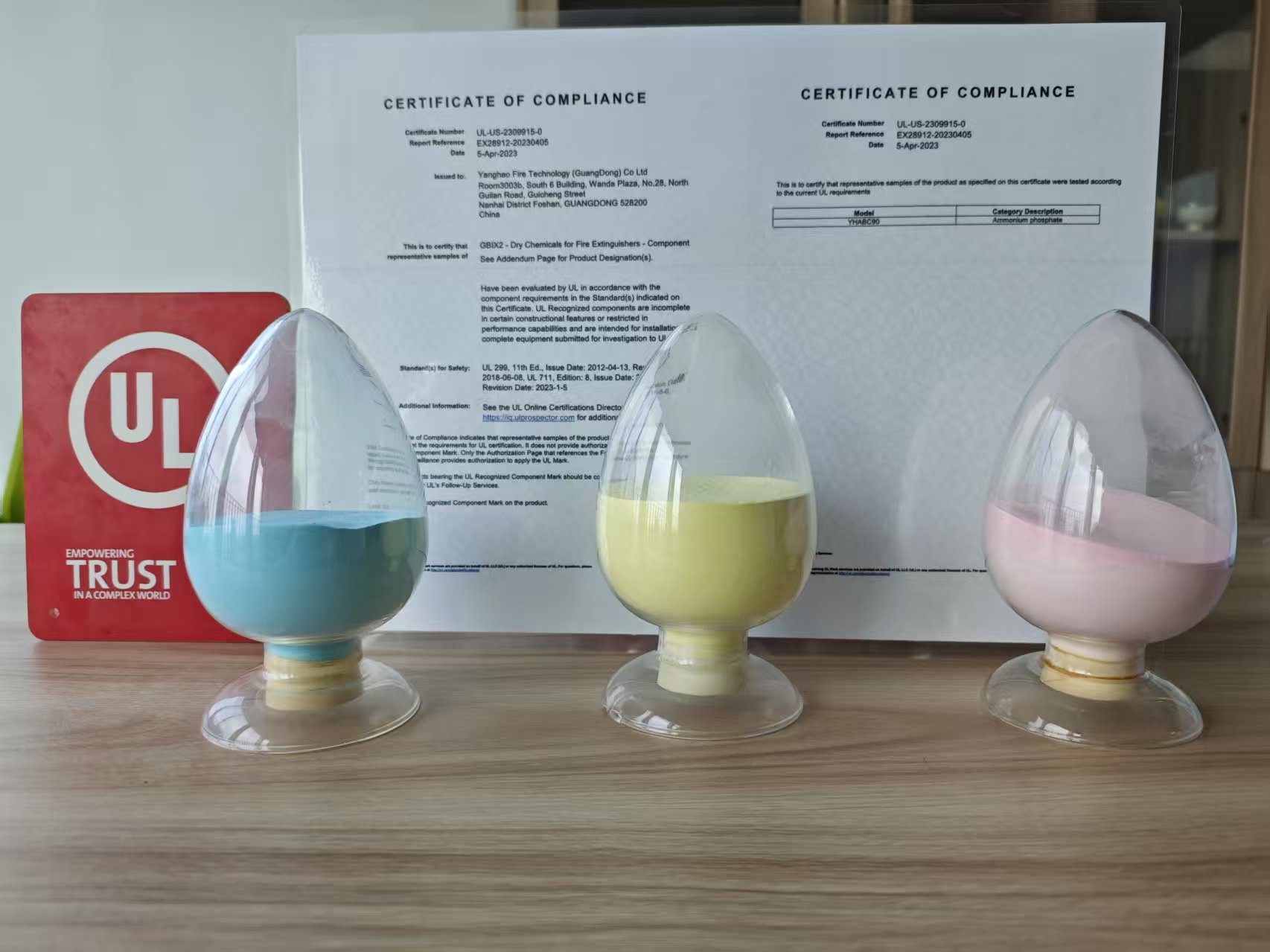Understanding the Components of a Dry Powder Fire Extinguisher
A dry powder fire extinguisher is a vital safety device designed to combat various types of fires, including Class A (ordinary combustibles), Class B (flammable liquids), and Class C (gas) fires. Its effectiveness lies in its well-engineered components: the valve, nozzle, pressure gauge, and the dry powder extinguishing agent.
1. The Valve: Control Mechanism
The valve is the control mechanism that regulates the release of the extinguishing agent. When activated, the valve opens to allow the pressurized dry powder to flow through the system. A reliable valve ensures quick response times during emergencies.
2. The Nozzle: Directional Discharge
Attached to the end of the discharge hose, the nozzle directs the flow of dry powder onto the fire. The design of the nozzle ensures that the agent is dispersed evenly, maximizing coverage and extinguishing efficiency.
3. The Pressure Gauge: Monitoring Readiness
The pressure gauge indicates the internal pressure of the extinguisher. A properly functioning pressure gauge shows whether the extinguisher is pressurized correctly and ready for use. Regularly checking the pressure gauge is essential for maintenance and safety assurance.
4. The Dry Powder: Extinguishing Agent
The core extinguishing agent in a dry powder fire extinguisher is the dry powder itself, typically composed of monoammonium phosphate or sodium bicarbonate. This dry powder works by interrupting the chemical reaction of the fire, effectively smothering flames and preventing re-ignition.
5. Maintenance and Inspection
Regular maintenance of a dry powder fire extinguisher is crucial to ensure its functionality. Inspect the valve for any signs of damage or corrosion. Ensure the nozzle is clear of obstructions. Check the pressure gauge to confirm the extinguisher is within the operational pressure range. Additionally, verify that the dry powder has not settled or compacted, which could impede discharge.
6. Proper Usage Guidelines
To use a dry powder fire extinguisher, follow these steps:
Pull the safety pin to unlock the valve.
Aim the nozzle at the base of the fire.
Squeeze the valve handle to discharge the dry powder.
Sweep the nozzle side to side to cover the fire area.
Ensure the pressure gauge indicates sufficient pressure before use.
7. Storage Considerations
Store the dry powder fire extinguisher in an accessible location, away from direct sunlight and moisture. Regularly inspect the valve, nozzle, and pressure gauge for any signs of wear or damage. Shake the extinguisher periodically to prevent the dry powder from settling.
8. Conclusion
Understanding the components of a dry powder fire extinguisher—the valve, nozzle, pressure gauge, and dry powder—is essential for effective fire safety. Regular maintenance and proper usage ensure that this vital equipment functions correctly during emergencies. By familiarizing yourself with these components, you enhance your preparedness and contribute to a safer environment.



